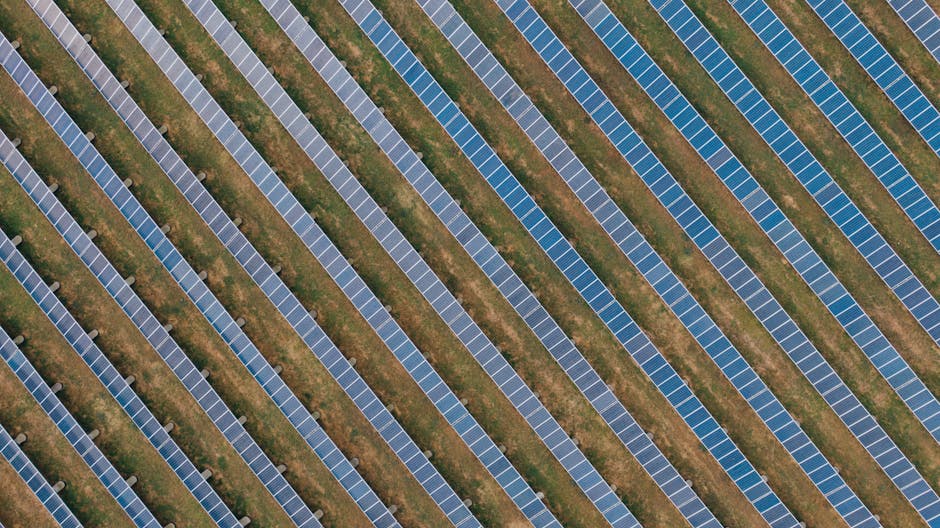3000 Watt Solar System For RV
Are you ready to take your RV adventures to the next level? A 3000 watt solar system can be a game-changer for your travels, providing you with the freedom to explore without worrying about power sources. In this article, we’ll dive deep into everything you need to know about setting up a 3000 watt solar system for your RV. From understanding the components to installation tips and maintenance, we’ve got you covered!
Understanding Solar Power for RVs
Before we jump into the specifics of a 3000 watt solar system, let’s first understand what solar power is and how it works in an RV setting.
What is Solar Power?
Solar power is energy harnessed from the sun using solar panels. These panels convert sunlight into electricity, which can be used to power various appliances and devices in your RV.
Why Choose Solar Power for Your RV?
- Independence: With solar power, you can camp off-grid without relying on traditional power sources.
- Cost-Effective: After the initial investment, solar energy can significantly reduce your electricity costs.
- Environmentally Friendly: Solar power is a clean and renewable energy source.
- Quiet Operation: Unlike generators, solar systems operate silently.
Components of a 3000 Watt Solar System
A 3000 watt solar system consists of several key components that work together to provide power. Let’s break them down:
1. Solar Panels
Solar panels are the heart of your solar system. For a 3000 watt system, you’ll typically need:
- Number of Panels: Around 10-12 panels, depending on their wattage (e.g., 300 watts each).
- Type: Monocrystalline panels are more efficient but can be pricier, while polycrystalline panels are more affordable but slightly less efficient.
2. Charge Controller
The charge controller regulates the voltage and current coming from the solar panels to the batteries. It prevents overcharging and ensures the batteries are charged efficiently.
3. Batteries
Batteries store the energy generated by the solar panels for use when the sun isn’t shining. For a 3000 watt system, consider:
- Type: Lithium-ion batteries are lightweight and have a longer lifespan, while lead-acid batteries are more affordable but heavier.
- Capacity: Aim for a total capacity of around 400-600 amp-hours to ensure you have enough power for your needs.
4. Inverter
The inverter converts the DC power stored in the batteries into AC power, which is what most RV appliances use. For a 3000 watt system, a pure sine wave inverter is recommended for compatibility with sensitive electronics.
Calculating Your Power Needs
Before installing a solar system, it’s crucial to calculate your power needs to ensure your system can handle your usage. Here’s how to do it:
1. List Your Appliances
Make a list of all the appliances you plan to use in your RV, including:
- Refrigerator
- Lights
- Television
- Fans
- Charging devices (phones, laptops, etc.)
2. Determine Wattage
Find the wattage of each appliance. This information is usually found on the appliance label or in the user manual.
3. Calculate Daily Usage
Estimate how many hours each appliance will be used daily. Multiply the wattage by the hours used to get the daily watt-hours for each appliance.
4. Total Your Daily Needs
Add up the daily watt-hours for all appliances to determine your total power needs. This will help you decide if a 3000 watt system is sufficient for your RV lifestyle.
Installing Your 3000 Watt Solar System
Once you’ve calculated your power needs and gathered your components, it’s time to install your solar system. Here’s a step-by-step guide:
1. Choose the Right Location for Solar Panels
Find a suitable location on your RV roof that receives maximum sunlight exposure. Ensure there are no obstructions like vents or air conditioning units.
2. Mount the Solar Panels
Use mounting brackets to securely attach the solar panels to the roof. Make sure they are angled correctly to capture sunlight effectively.
3. Connect the Charge Controller
Connect the solar panels to the charge controller using appropriate wiring. Follow the manufacturer’s instructions for proper connections.
4. Install the Batteries
Place the batteries in a well-ventilated area of your RV. Connect them to the charge controller and inverter, ensuring all connections are secure.
5. Set Up the Inverter
Install the inverter in a dry, cool location. Connect it to the batteries and ensure it’s properly grounded.
Maintaining Your Solar System
To ensure your solar system operates efficiently, regular maintenance is essential. Here are some tips:
1. Clean the Solar Panels
Dust and debris can reduce the efficiency of your solar panels. Clean them regularly with a soft cloth and mild soap solution.
2. Check Connections
Periodically inspect all connections for signs of wear or corrosion. Tighten any loose connections to ensure optimal performance.
3. Monitor Battery Health
Keep an eye on your battery levels and performance. If you notice any significant drops in capacity, it may be time to replace them.
Benefits of a 3000 Watt Solar System for RVs
Investing in a 3000 watt solar system for your RV comes with numerous benefits:
- Extended Off-Grid Camping: Enjoy longer trips without needing to hook up to external power sources.
- Reduced Noise: Say goodbye to noisy generators and enjoy the peace of nature.
- Increased Property Value: A solar system




